Home>Furniture & Design>Interior Design Trends>How Many Calories Is A Glass Of Bourbon
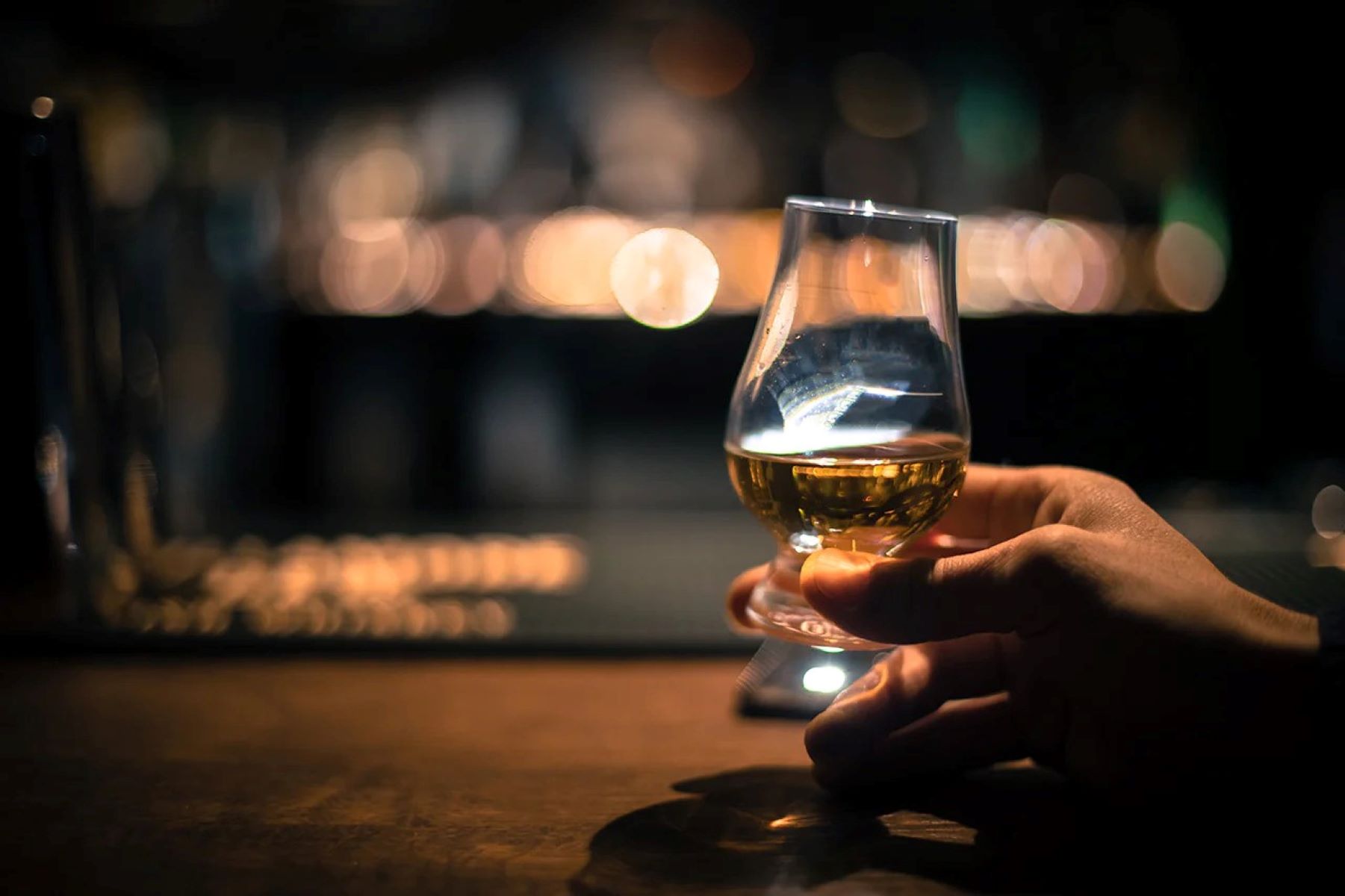

Interior Design Trends
How Many Calories Is A Glass Of Bourbon
Modified: August 27, 2024
Discover the calorie count in a glass of bourbon and stay updated on the latest interior design trends. Learn more about bourbon calories and interior design tips.
(Many of the links in this article redirect to a specific reviewed product. Your purchase of these products through affiliate links helps to generate commission for Storables.com, at no extra cost. Learn more)
Introduction
Bourbon, a beloved American whiskey, has a rich history and a devoted following. Whether sipped neat, on the rocks, or as a key ingredient in classic cocktails, bourbon is a versatile spirit that appeals to a wide range of palates. However, for those mindful of their calorie intake, understanding the nutritional aspects of bourbon is essential. In this article, we will delve into the world of bourbon and explore the often overlooked topic of its calorie content. From understanding what bourbon is to uncovering the factors that influence its calorie count, we aim to provide a comprehensive guide for those seeking to make informed choices about their bourbon consumption. So, let's embark on this journey to uncover the calorie mysteries of this beloved spirit.
Key Takeaways:
- Enjoy bourbon in moderation, as a standard 1.5-ounce serving contains around 97 calories. Be mindful of mixers in cocktails, as they can significantly increase the calorie count.
- Factors like alcohol by volume, aging process, and mixers influence bourbon’s calorie content. Understanding these can help make informed choices while enjoying this iconic spirit.
Read more: How Many Calories Is A Glass Of Milk
What is Bourbon?
Bourbon, often hailed as "America's native spirit," is a type of whiskey that holds a special place in the hearts of spirits enthusiasts worldwide. This distinguished beverage is crafted primarily from corn and aged in charred oak barrels, imparting it with a unique flavor profile and a rich, amber hue. To be legally classified as bourbon in the United States, the spirit must adhere to specific regulations. These regulations dictate that bourbon must be made from a mash containing at least 51% corn, distilled at no more than 160 proof, and aged in new charred oak barrels. Furthermore, bourbon must not contain any additives, apart from water to adjust the proof, and must enter the barrel for aging at no more than 125 proof.
The geographical significance of bourbon cannot be overstated, as it is deeply rooted in the history and culture of Kentucky. While bourbon can be produced anywhere in the United States, Kentucky is renowned as the heartland of bourbon production, with a legacy that spans centuries. The limestone-rich water and unique climate of this region contribute to the distinctive character of Kentucky bourbon, making it a symbol of craftsmanship and tradition.
Bourbon's flavor profile is characterized by its sweetness, often attributed to the high corn content in its mash. This sweetness is complemented by notes of caramel, vanilla, and oak, which are derived from the aging process in charred oak barrels. The aging period also allows the spirit to develop complex flavors and a smooth, mellow finish, distinguishing bourbon from other types of whiskey.
In summary, bourbon is a quintessentially American spirit with a rich heritage and a distinctive production process. Its unique flavor profile, influenced by the use of corn in the mash and aging in charred oak barrels, sets it apart as a beloved and iconic whiskey. Understanding the essence of bourbon lays the foundation for exploring its calorie content and nutritional aspects, which we will delve into in the following sections.
How Many Calories in Bourbon?
When it comes to enjoying bourbon, understanding its calorie content is crucial for those mindful of their dietary intake. Bourbon, like other alcoholic beverages, contains calories derived from its alcohol and carbohydrate content. On average, a standard 1.5-ounce (44ml) serving of bourbon contains approximately 97 calories. This calorie count may vary slightly depending on the specific brand and proof of the bourbon.
The calorie content of bourbon primarily stems from its alcohol content, as alcohol is a concentrated source of energy. With an alcohol by volume (ABV) typically ranging from 40% to 50%, bourbon contributes a significant portion of its calories from alcohol. Additionally, bourbon contains minimal carbohydrates, which have a marginal impact on its overall calorie count.
It's important to note that the calorie content of bourbon can increase when mixed with sugary or high-calorie mixers in cocktails. When enjoying bourbon-based cocktails, such as the classic Old Fashioned or Whiskey Sour, the overall calorie count can substantially rise due to the additional ingredients used in the mix. Therefore, for those monitoring their calorie intake, opting for simple bourbon serves, such as bourbon on the rocks or neat, can be a more calorie-conscious choice.
Understanding the calorie content of bourbon empowers individuals to make informed decisions about their consumption, allowing them to enjoy this beloved spirit in moderation while being mindful of their overall dietary goals. With this knowledge in hand, bourbon enthusiasts can savor their favorite pours while maintaining a balanced approach to their calorie intake.
In summary, a standard serving of bourbon contains approximately 97 calories, primarily derived from its alcohol content. By being aware of the calorie content of bourbon and making mindful choices when enjoying it, individuals can strike a harmonious balance between indulgence and health-consciousness.
A standard 1.5 oz (44 ml) serving of bourbon contains around 97 calories. Keep in mind that adding mixers or drinking larger servings will increase the calorie count.
Factors Affecting Bourbon Calories
Several factors contribute to the calorie content of bourbon, influencing its overall nutritional profile. Understanding these factors provides valuable insight into the varying calorie counts of different bourbon expressions and serves as a guide for individuals seeking to make informed choices about their bourbon consumption.
-
Alcohol by Volume (ABV): The alcohol by volume percentage of bourbon plays a significant role in determining its calorie content. Bourbon typically has an ABV ranging from 40% to 50%, making it a concentrated source of calories. The higher the ABV, the greater the calorie content per serving, as alcohol is energy-dense.
-
Distillation and Proof: The distillation process and the resulting proof of the bourbon impact its calorie count. Bourbon is distilled at no more than 160 proof and enters the barrel for aging at no more than 125 proof. The proof of the bourbon affects its alcohol content, thereby influencing its calorie density.
-
Aging and Oak Barrel Influence: The aging process of bourbon in charred oak barrels contributes to its flavor development and, subsequently, its calorie content. The interaction between the spirit and the charred oak imparts distinct flavors to the bourbon, influencing its overall profile, including its calorie count.
-
Additives and Flavorings: While bourbon is regulated to contain minimal additives, the use of flavorings or additional ingredients in flavored bourbon variants can impact their calorie content. Flavored bourbons may contain added sugars or flavor enhancers, contributing to a higher calorie count compared to traditional, unflavored expressions.
-
Mixers and Cocktails: When bourbon is used in cocktails or mixed with high-calorie ingredients, such as sugary syrups or sodas, its overall calorie content increases. The addition of mixers and modifiers can significantly elevate the calorie count of bourbon-based drinks, making them higher in energy compared to straight bourbon serves.
-
Serving Size: The size of the bourbon serving directly influences its calorie content. Larger pours contain more calories, while smaller, measured servings offer a controlled calorie intake. Being mindful of serving sizes is essential for managing calorie consumption when enjoying bourbon.
By considering these factors, individuals can gain a deeper understanding of the variables that impact the calorie content of bourbon. This knowledge empowers bourbon enthusiasts to make informed choices, whether selecting a specific bourbon expression or deciding on the serving style, aligning with their dietary preferences and overall wellness goals.
Conclusion
In conclusion, understanding the calorie content of bourbon is essential for individuals seeking to balance their enjoyment of this iconic spirit with their dietary considerations. With an average of approximately 97 calories per standard 1.5-ounce serving, bourbon offers a flavorful indulgence that can be savored in moderation. The factors influencing bourbon calories, including its alcohol by volume, distillation process, aging in oak barrels, and potential additives, provide valuable insights into the nuances of its nutritional profile.
By being mindful of the calorie content of bourbon and making informed choices, enthusiasts can embrace the rich heritage and diverse flavors of bourbon while aligning with their wellness goals. Whether enjoying a neat pour to savor the intricate notes of caramel and oak, or opting for a classic bourbon cocktail with measured mixers, individuals can navigate their bourbon experiences with a balanced approach.
Furthermore, the geographical significance of bourbon, particularly its deep roots in Kentucky, adds a layer of cultural appreciation to its consumption. Embracing the craftsmanship and tradition behind bourbon production enhances the overall enjoyment of this beloved spirit, creating a holistic experience that extends beyond its calorie content.
Ultimately, the journey to uncovering the calorie mysteries of bourbon serves as a reminder that indulgence and mindfulness can coexist harmoniously. Armed with knowledge about bourbon's calorie content and the factors influencing it, enthusiasts can embark on a flavorful exploration of this quintessentially American spirit, savoring each sip with a deeper understanding of its nutritional aspects.
In essence, the calorie content of bourbon, while a crucial consideration for those mindful of their dietary intake, is just one facet of the multifaceted world of bourbon appreciation. By embracing the heritage, craftsmanship, and nuanced flavors of bourbon, individuals can elevate their bourbon experiences while maintaining a balanced approach to their overall well-being. Cheers to savoring the allure of bourbon, one mindful sip at a time.
Frequently Asked Questions about How Many Calories Is A Glass Of Bourbon
Was this page helpful?
At Storables.com, we guarantee accurate and reliable information. Our content, validated by Expert Board Contributors, is crafted following stringent Editorial Policies. We're committed to providing you with well-researched, expert-backed insights for all your informational needs.
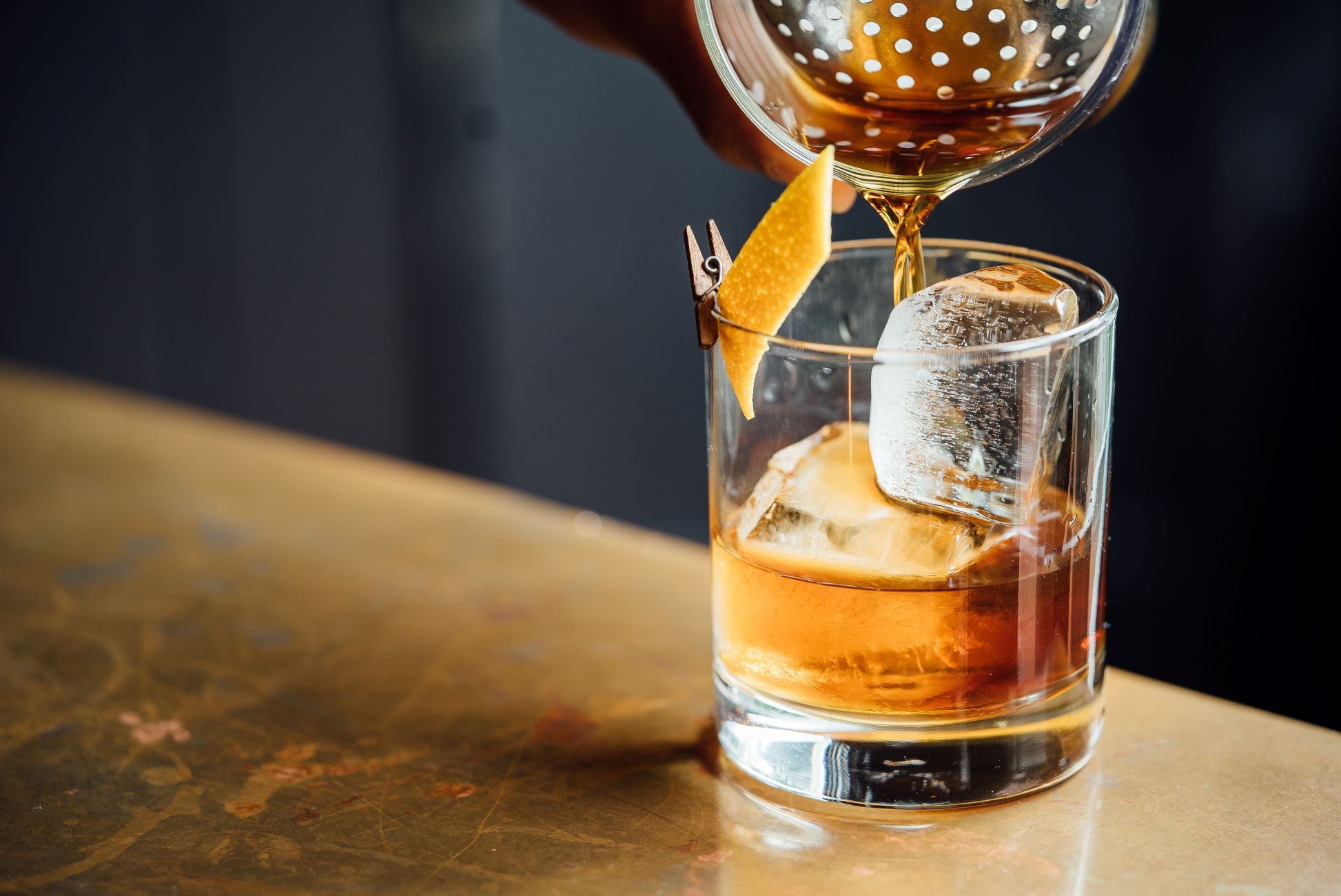

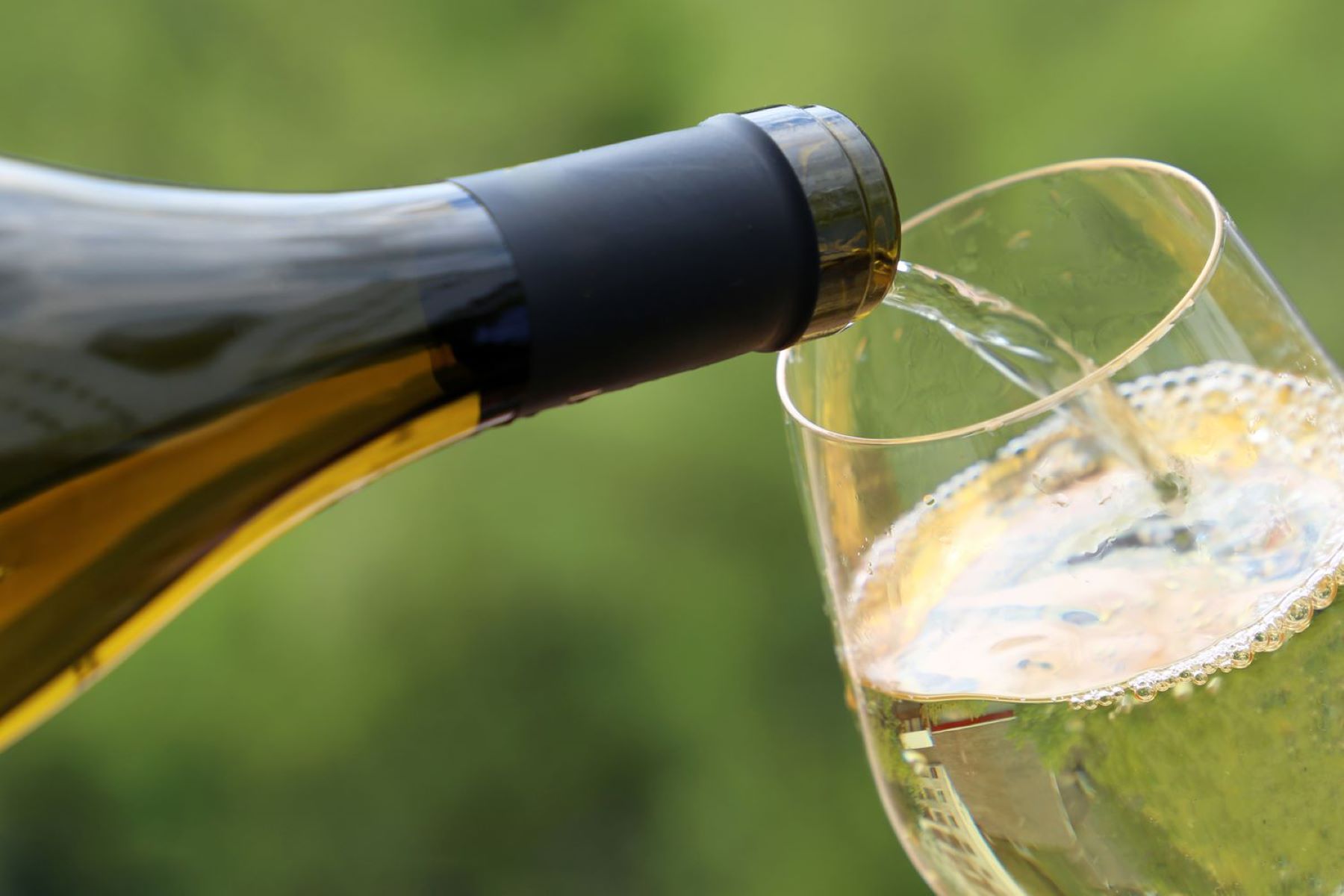
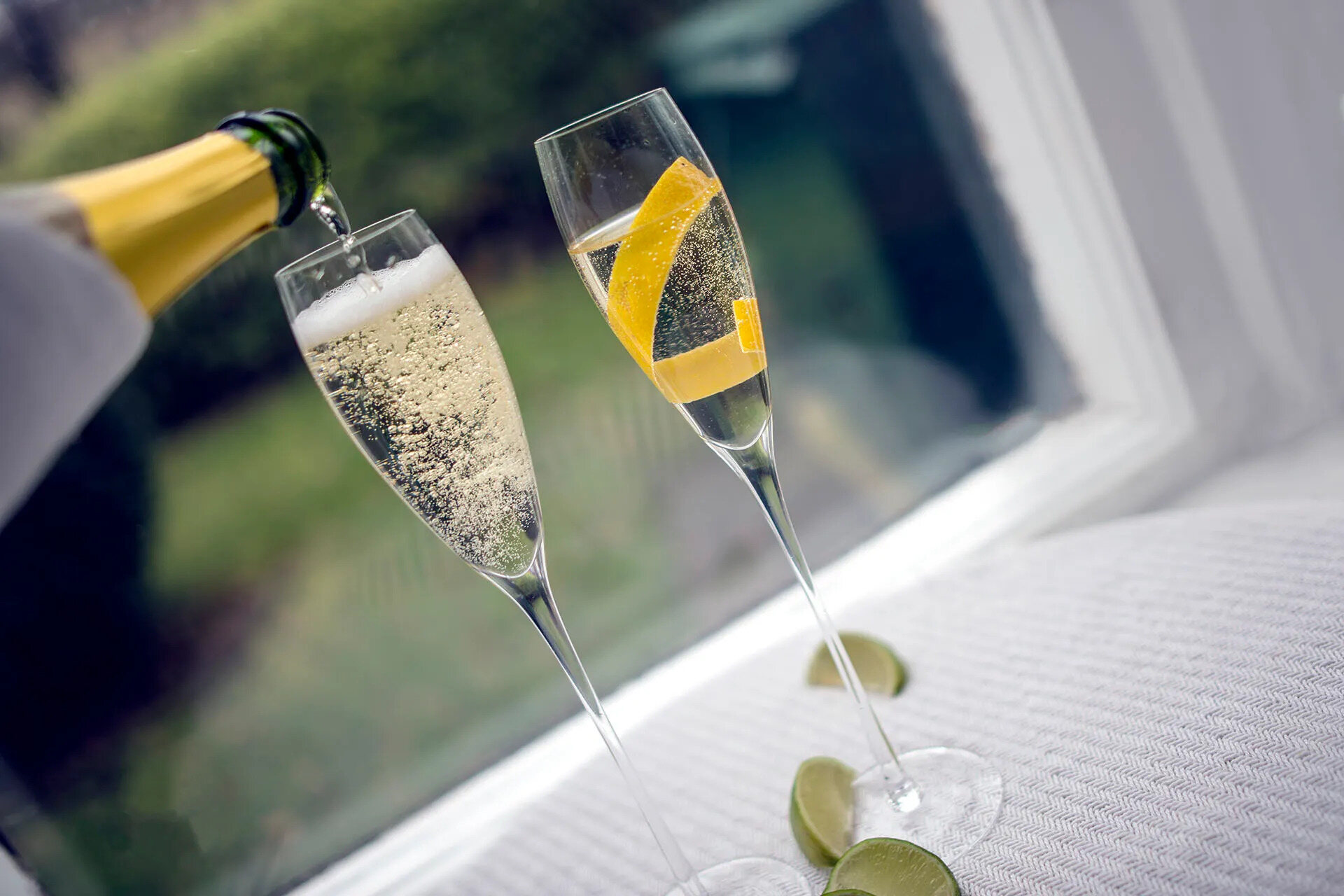
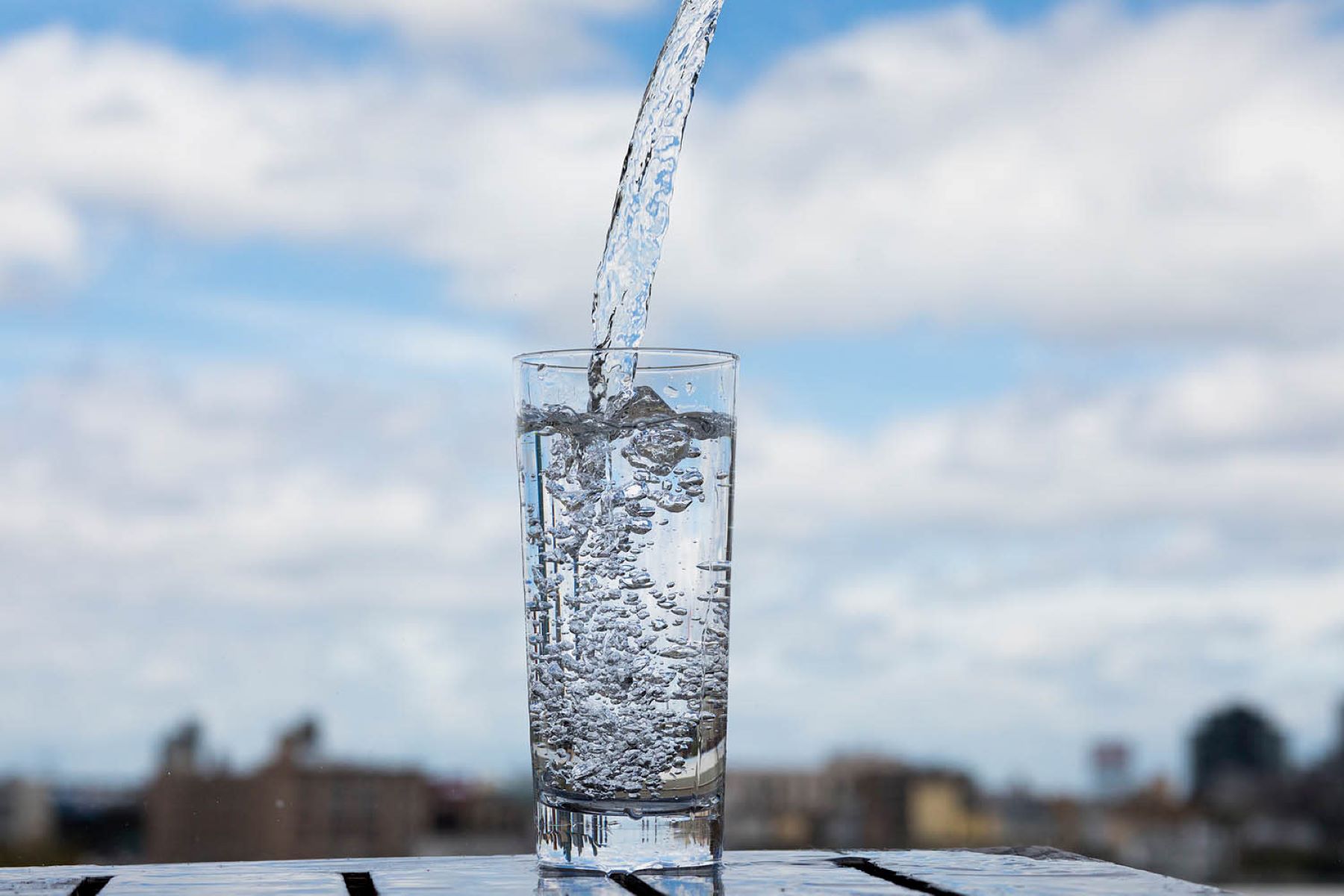
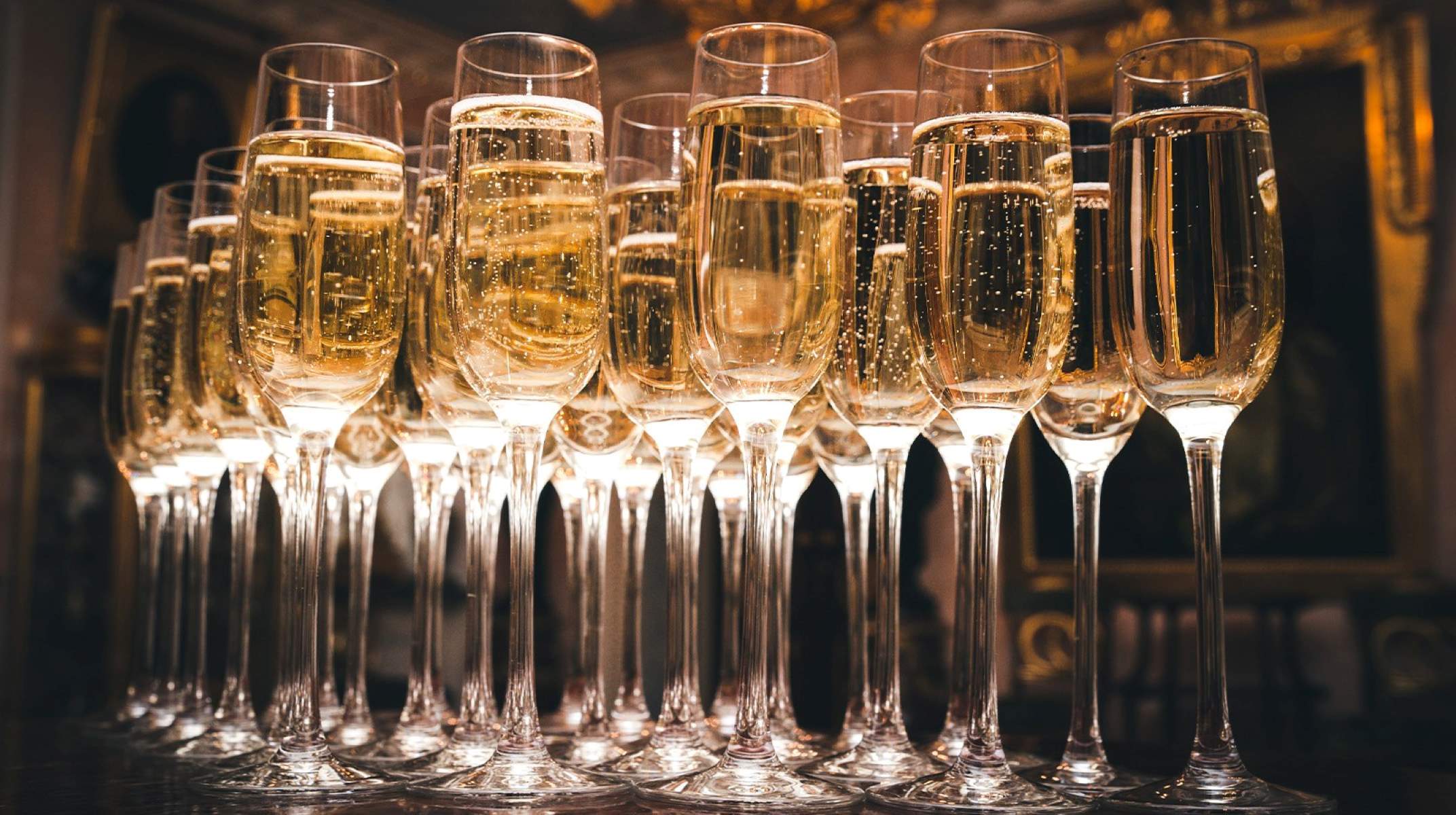
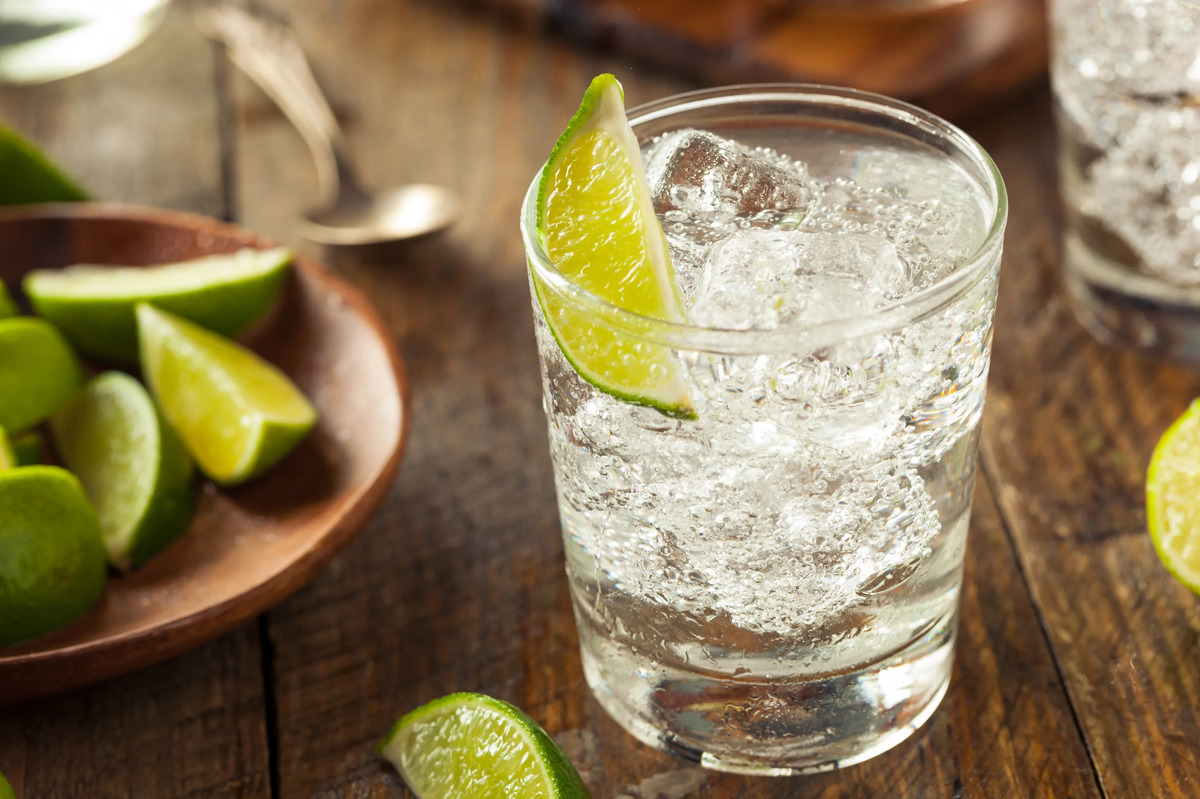
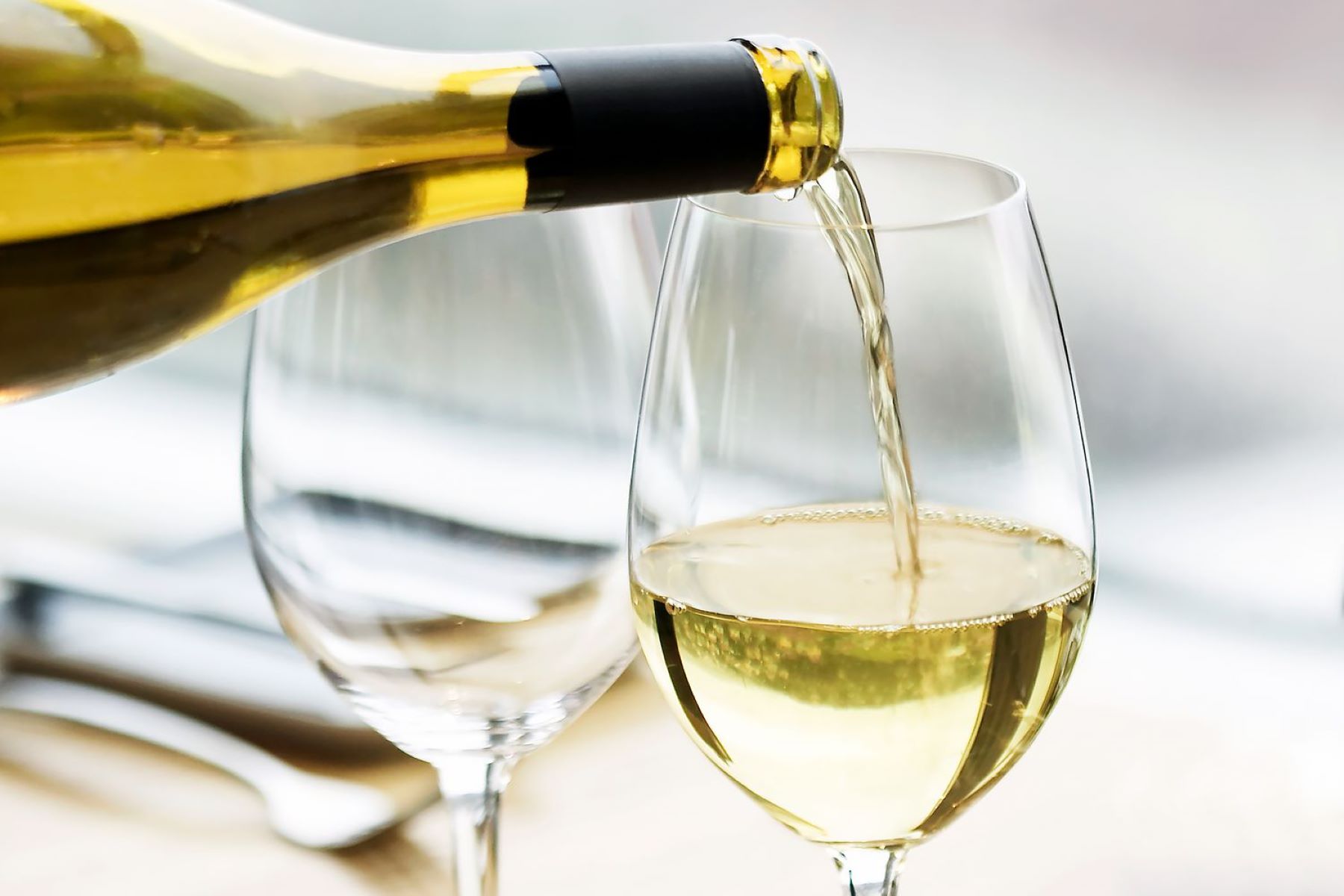
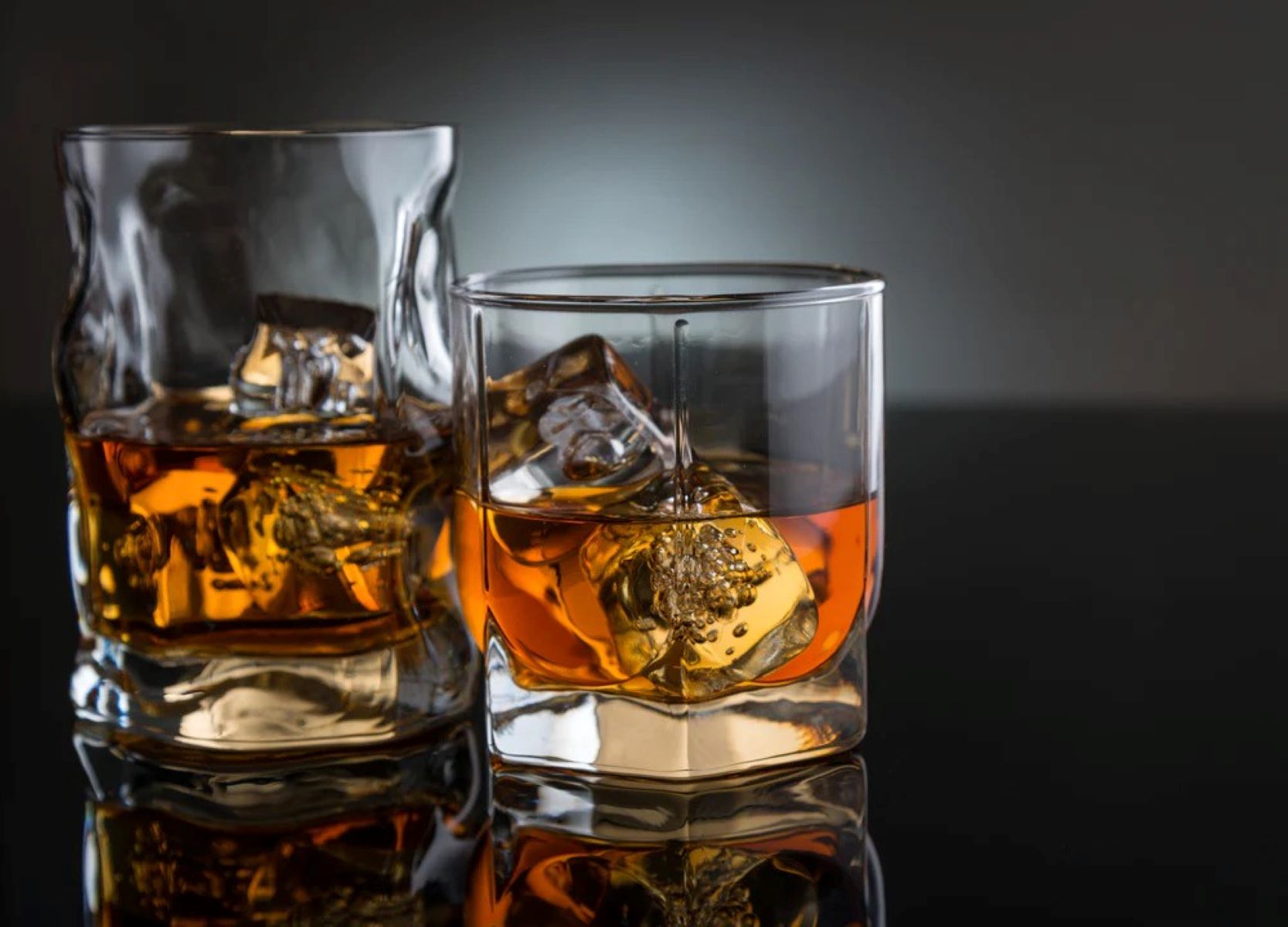
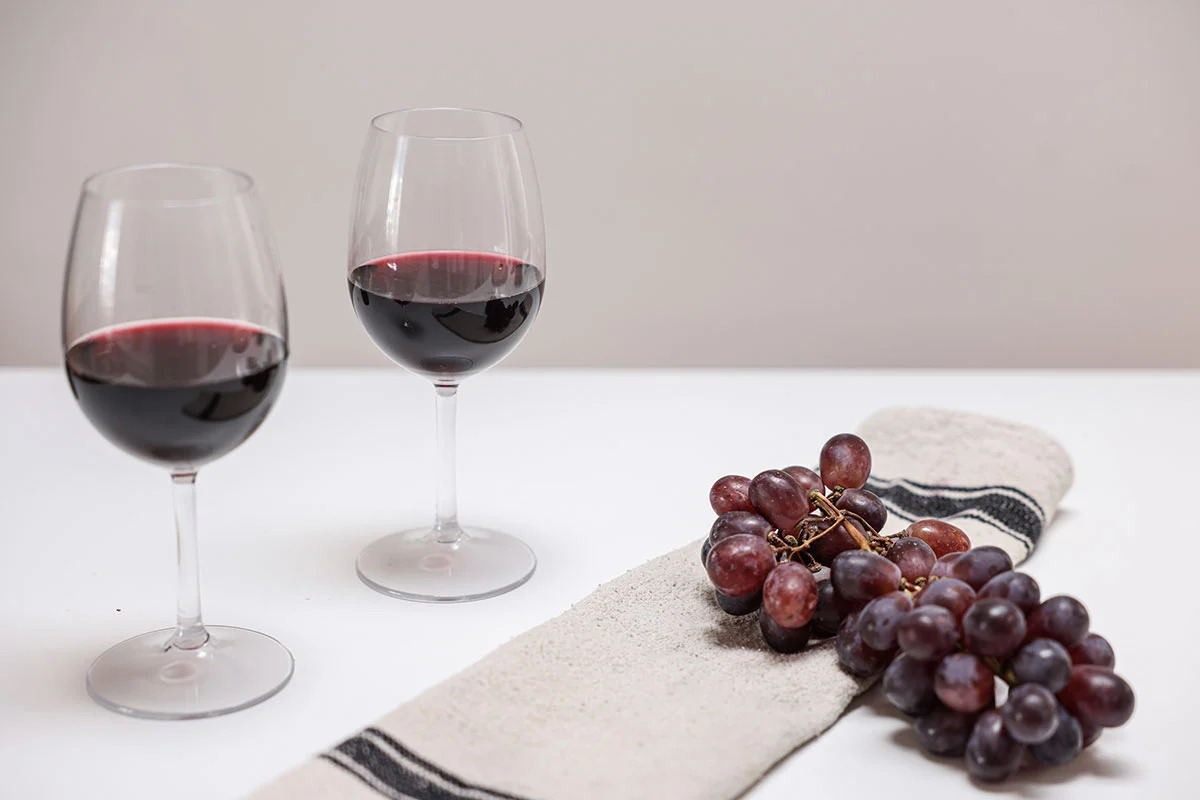
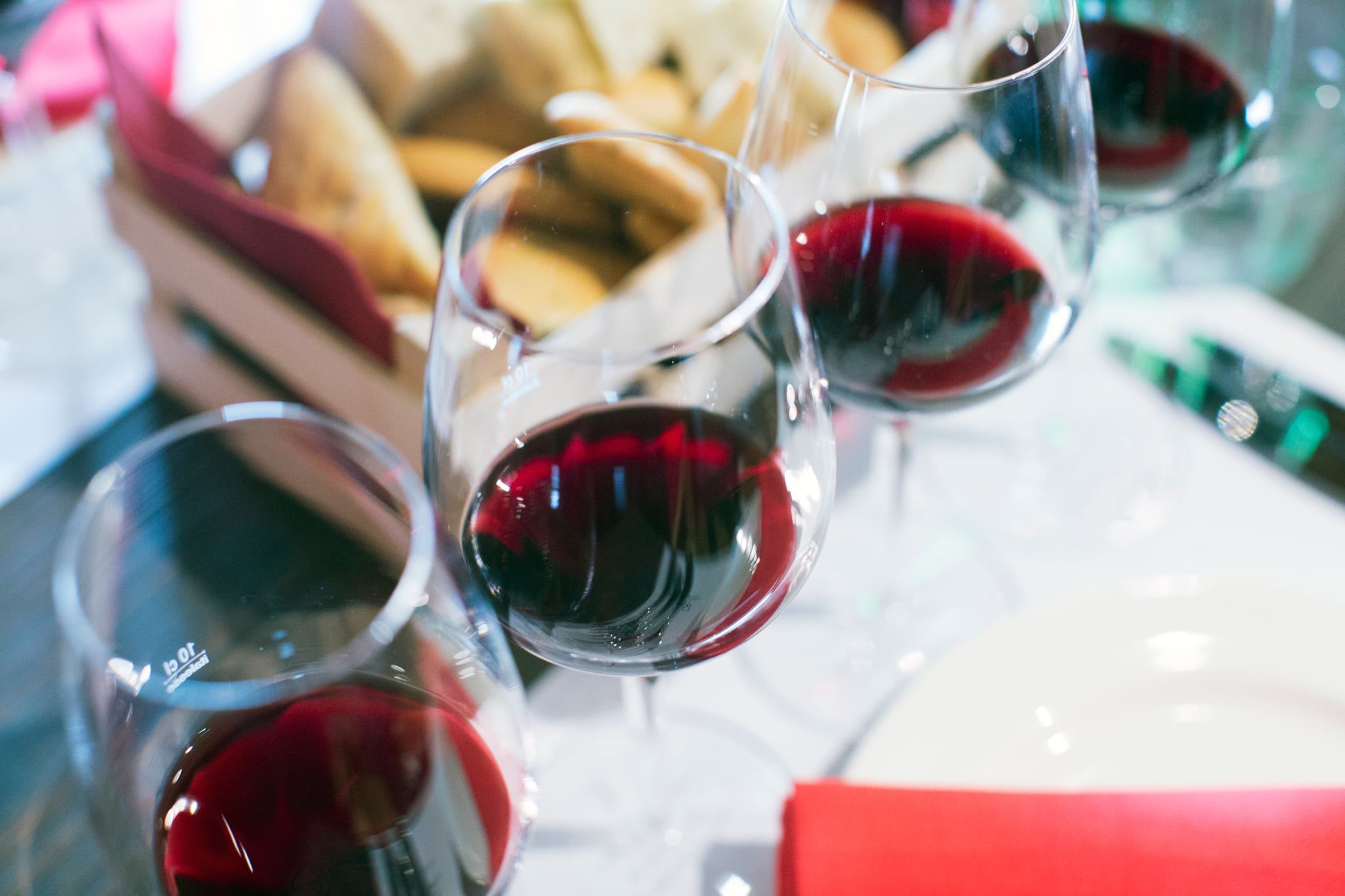
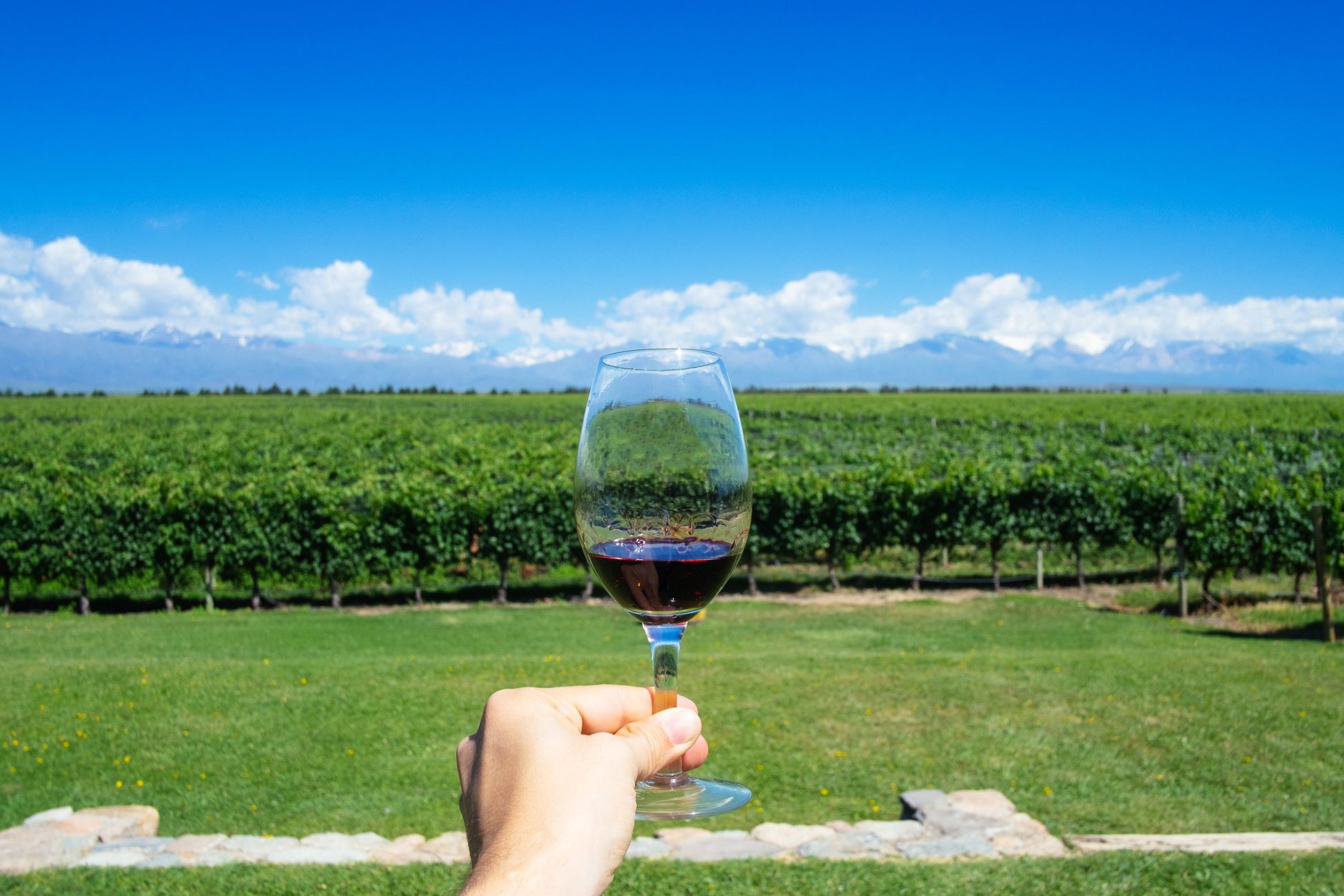
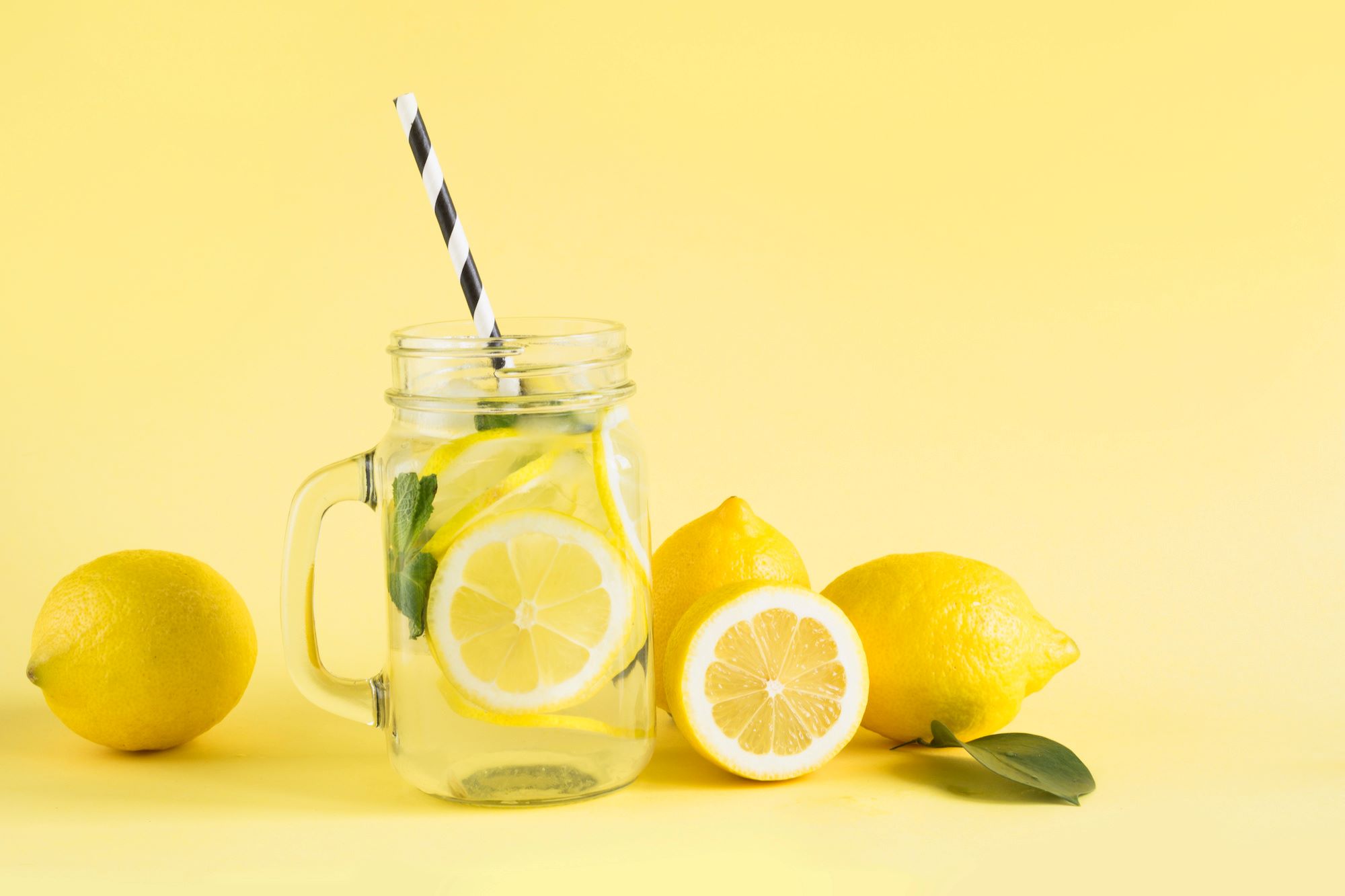
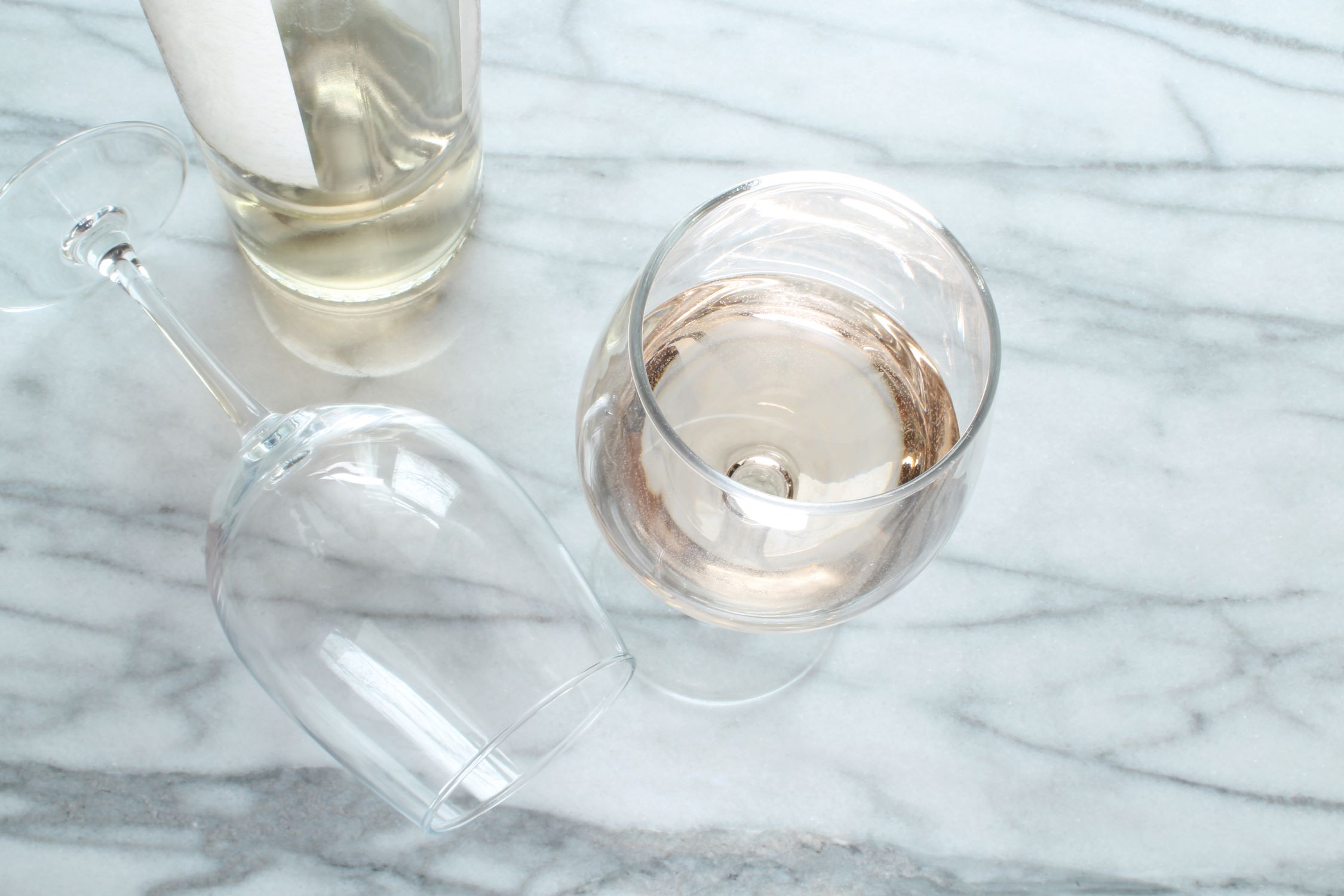
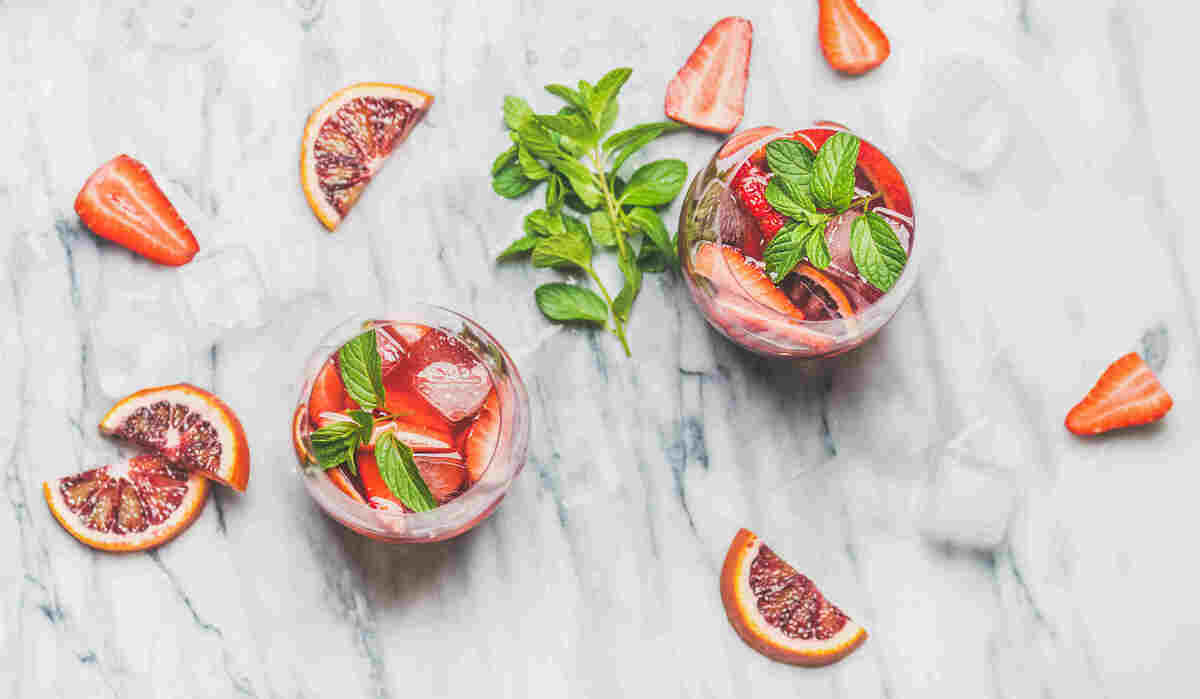

0 thoughts on “How Many Calories Is A Glass Of Bourbon”